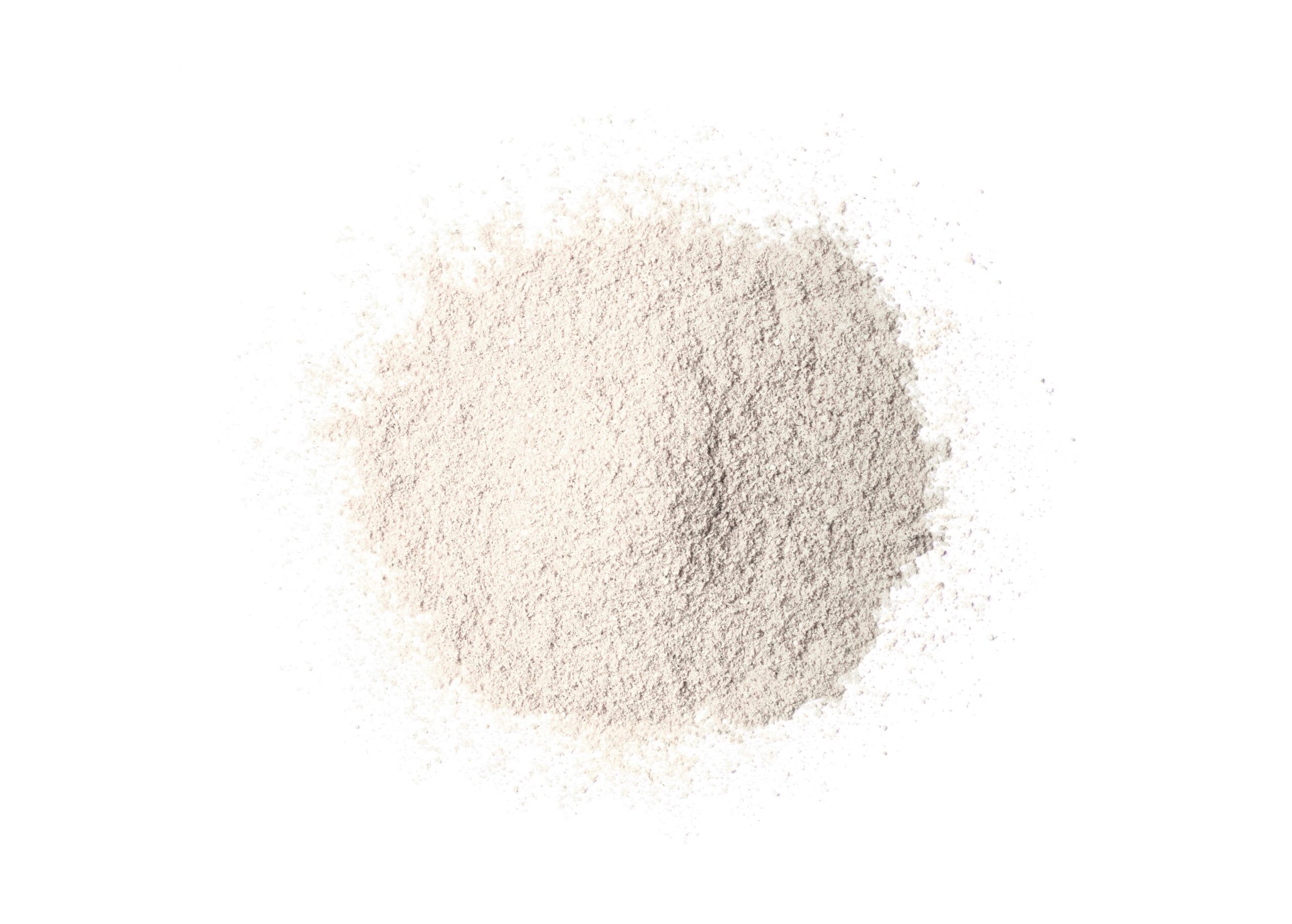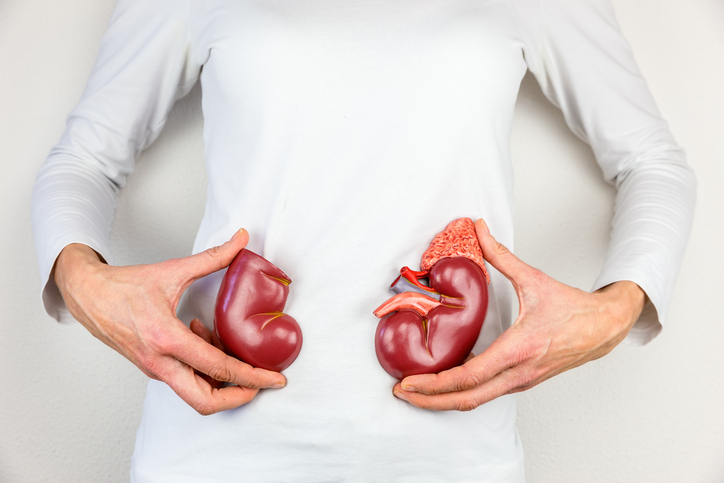
Among patients with end-stage kidney disease (ESKD) on dialysis, hyperkalemia is a common, potentially life-threatening metabolic disorder, presenting a challenge for clinicians caring for those patients. Patiromer, a non-absorbed sodium-free potassium-binding polymer, has been approved for the treatment of hyperkalemia.
Csaba P. Kovesdy, MD, FASN, and colleagues conducted an historical cohort study designed to describe utilization of patiromer and associated changes in serum potassium in a cohort of US veterans with ESKD and hyperkalemia on dialysis. Results were reported during a poster session at the American Society of Nephrology Kidney Week 2022 in a poster titled Treatment Response and Dosing of Patiromer in Veterans With Dialysis-Dependent ESKD and Hyperkalemia.
The researchers utilized data from the National VA Corporate Data Warehouse from January 1, 2016, to February 28, 2021, to assess patiromer utilization and changes in serum potassium. Eligible patients were ≥18 years of age with at least two International Classification of Diseases codes for ESKD, on dialysis, receiving patiromer, and had a serum potassium ≥5.1 mEq/L recorded within 91 days of the date of the first patiromer dispensing (index date).
Serum potassium was measured at baseline, and at 1, 3, and 6 months from the index date. Paired t-test was used to assess the change in serum potassium from baseline to each time point.
A total of 1267 veterans with ESKD using patiromer were identified. Of those, 458 met inclusion criteria and had a serum potassium measurement available during the 3 months prior to the index date. At baseline, mean age was 66 years, 97% were male, 45% were African American, and mean serum potassium was 5.91 mEq/L. Comorbidities included diabetes (72%), heart failure (50%), coronary artery disease (45%).
In 87% of the cases, patiromer was dosed daily, with an average daily dose of 8.4 g. During the follow-up period, 11% (n=52) had a patiromer dose increase and 5% (n=24) had a patiromer dose decrease. Following initiation of patiromer, there were significant reductions in mean serum potassium concentrations from baseline within 1 month (–1.02 mEq/L; n=307), 3 months (–1.04 mEq/L; n=351), and 6 months (–1.05 mEq/L; n=351).
In conclusion, the researchers said, “Among US veterans with ESKD and hyperkalemia on dialysis, patiromer use was associated with clinically relevant reductions in serum potassium concentrations at all study timepoints.”
Source: Kovesdy CP, Tangri N, Pinnell D, Woods SD, Boutin S, Sauer BC. Treatment response and dosing of patiromer in veterans with dialysis-dependent ESKD and hyperkalemia. SA-PO307. Abstract of a poster presented at the American Society of Nephrology Kidney Week 2022; November 5, 2022; Orlando, Florida.







 © 2025 Mashup Media, LLC, a Formedics Property. All Rights Reserved.
© 2025 Mashup Media, LLC, a Formedics Property. All Rights Reserved.